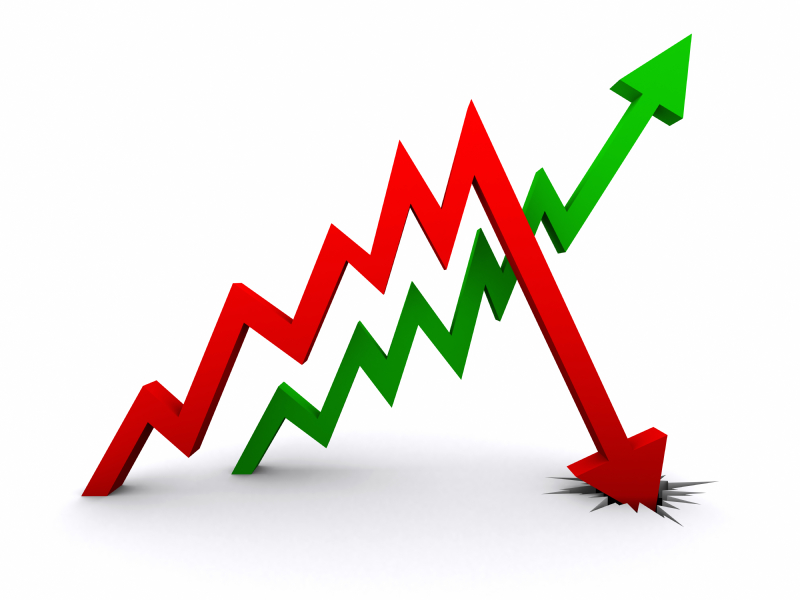
“Westpac rate rise ushers in end of the property boom.” That’s the headline. Is it true.
After Westpac’s surprise decision to raise rates out of cycle, The Sydney Morning Herald was running with the headline: “Westpac rate rise ushers in end of the property boom.”
Are they right? First point is you’re always on thin ice talking about the ‘national’ market. I’m sure everyone in Brisbane was surprised to hear the boom was over. They didn’t know it had even started.
But cute points aside; I’m not going to pretend that this isn’t big news. It’s not often that a bank will raise rates out of cycle. It’s also big news because pretty much every bank in the system will follow Westpac’s lead, to greater or lesser degrees.
And it’s big news because everyone believes it is big news. There’s a lot of force in the herd’s momentum.
And the general feeling is that the timing couldn’t be worse. Investors have been facing much a tougher credit environment in recent months thanks to APRAs restrictions on investor lending. Foreign buying has been coughing and spluttering thanks to tougher regulations here, and a wobbly equity market in China.
“This is the last thing we need!” – yells a chorus of vested property interests – totally buying into the story that a single rate increase of 20 basis points is a garlic-flavoured stake through the heart of a $4tr property sector.
But look, in my view, this probably isn’t a big deal as everyone thinks it is.
I’m not popping bottles of bubbly about it, but I’m not buying tim-tams, a box of tissues and downloading the entire third season of Sex in the City either.
The first point is that Westpac’s move will make it a stronger bank. Our banks cop a bit of flack for having relatively heavy exposures to property. The Murray Financial Inquiry, said that we should aim to get Aussie banks into the top 25% of international best practice.
With heavy exposures to mortgages, best practice means building extra capital buffers against anything happening to those mortgages. Higher interest rates make the banks (and therefore the financial system) a bit steadier on their feet.
(Maybe it would have been nice to raise capital from shareholders and executives, rather than customers, but banks are banks. Whaddayagonnado?)
The second point is that this is a regulatory pressure, not a cyclical pressure. That is, rates are rising because the banks are adjusting to a new regulatory environment. The RBA hasn’t signalled any intention to start raising official rates any time soon.
In fact, at lot of people say (though not the RBA officially) that one of the things that has stopped the RBA cutting rates further is that they didn’t want to add any more heat to our alpha-property markets in Sydney and Melbourne.
If that’s true, and I think there probably is some truth to it, then out-of-cycle rate hikes by the bank open the doorway to in-of-cycle rate cuts by the RBA.
The odds of a rate cut by years end have just shortened considerably.
So what happens if the RBA cuts rates by 25bp? Well, less the 20bp increase, mortgages are marginally cheaper. For all intents and purposes, we could say they’re pretty much the same.
But the interest rates on business lending are materially cheaper. And so that should hopefully give business lending and investment a kick along.
It also narrows the interest rate differential between Australia and the rest of the world. Australian interest rates are still relatively high compared to other developed countries.
With lower interest rates, and a lower return on Australian-dollar assets, there’s less demand for Aussie dollars. That means we should see the Australian dollar fall even further.
That would be a good thing – especially for our exporters, including our farmers, who by all accounts are staring down the barrel of yet another drought.
So in that scenario, what’s the net-balance here? If this creates room for another rate cut:
So what’s the net balance on that? It’s starting to look like a net-positive for the economy overall – and a broadly neutral result for the property market.
Now look, I don’t know for sure how this is going to play out. Nobody does. There are still a lot of unknowns.
Will all the banks follow Westpac’s lead? What happens to investor rates? Will the RBA take the opportunity to cut? How does the rest of the world react?
My only point is that it is WAY to early to start building a coffin for Aussie property. This could play out a number of ways, and more than a few of those ways end up being a net positive.
So calm the farm, everybody (SMH, I’m looking at you). There’s life in the old duck yet.
Too much glass half full? Is it the beginning of the end?